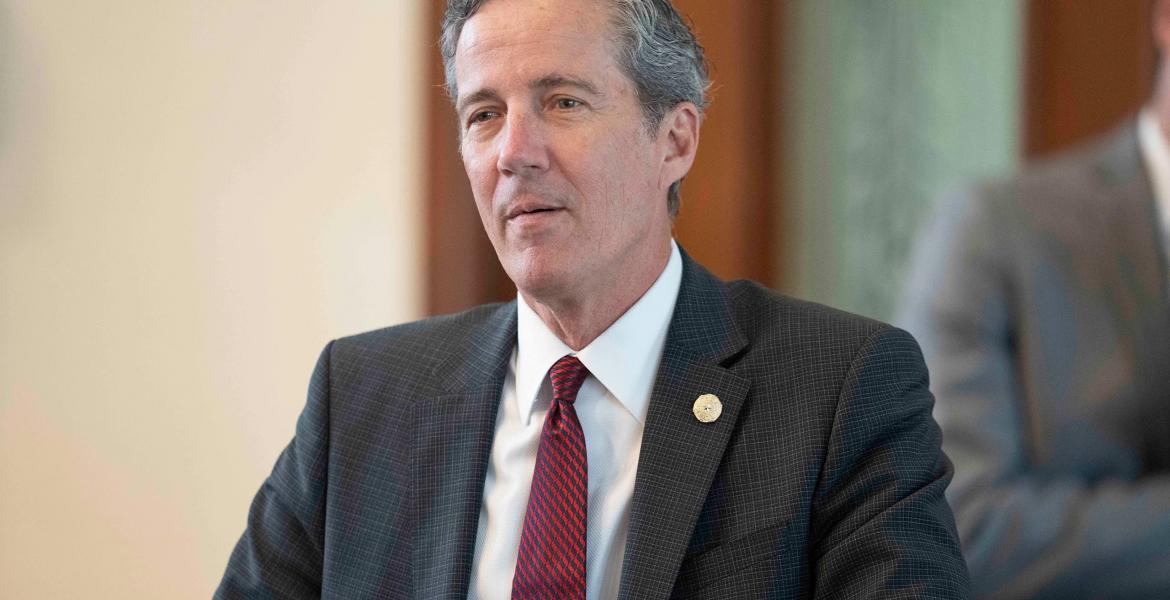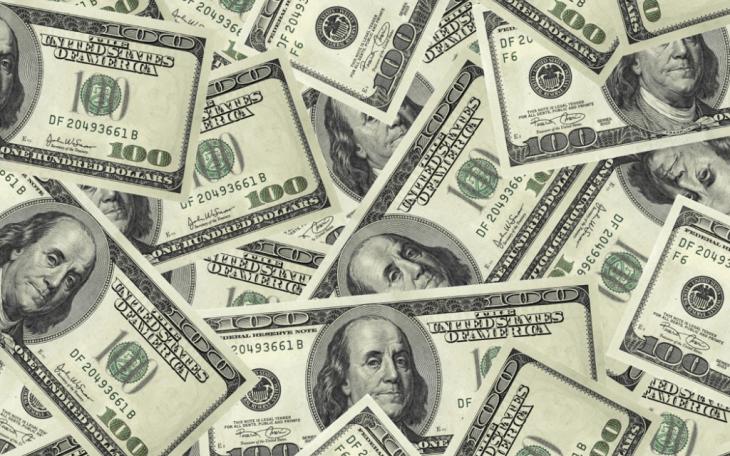SAN ANGELO, TX — Texas State Comptroller Glenn Hegar released the biennial Certification Revenue Estimate Oct. 10. The State will have a surplus for 2020-2021, the spending timeline for the budget and new laws passed during 2019’s 86th Legislative Session. According to Hegar’s report, the State will have $121.76 billion in the General Revenue-related funds for 2020-2021. Projected spending will be $118.86 billion, leaving $2.89 billion in the State’s General Revenue-related funds at the end of 2021.
The Rainy Day Fund, officially known as the Economic Stabilization Fund, or ESF, and the related State Highway Fund or SHT, each are expected to receive $3.26 billion in transfers each over the next two years.
The amounts above include the balance at the end of Biennium 2019-2019. Revenue expected to be generated through the tax system will be $108.14 billion in 2020-21, a 7.8 increase over 2018-19.
Oil and gas production taxes loom large for the State and the price for a barrel of oil can impact oil production tax greatly. The State taxes producers 4.6 percent of the market value of the crude extracted and 7.5 percent of the market value of natural gas extracted. In 2019, the average price of a barrel of oil was $59.62. Hegar’s prediction is oil will average $58 per barrel in 2020 and $54 in 2021. But greater production will compensate for a lower price per barrel, Hegar said.
“Despite slightly lower average prices than the previous biennium, growing production means that oil tax collections are expected to increase, generating $7.84 billion in the 2020-21 biennium, 7.7 percent more than the $7.28 billion collected in 2018-19,” the CRE states.
In all categories of tax collections, the State will see an increase, except in tobacco sales and natural gas production. Hegar expects cigarettes and snuff sales to see a 7.4 percent decrease because a new State law restricts minors under 21, not 18, from purchasing tobacco products. Natural gas tax is also expected to be 1.8 percent lower due to pricing and production reductions.
The Gross State Product, a measure of just the GDP of Texas, will increase 2.6 and 2.5 percent for 2020 and 2021 respectively. This year, it is expected to grow at 4.9 percent.
Lower GSP growth is expected in 2020-21, Hegar stated. “Risks to this estimate include ongoing uncertainty about trade and national economic policy, slowing global economic growth, and volatility in energy prices resulting from instability and potential conflict in the Middle East.”
Despite the slower economic growth, the jobs market is extremely strong in Texas. Unemployment dipped below 4 percent statewide in 2018. Hegar expects 3.4 percent and 3.6 percent unemployment in 2020 and 2021 respectively.
In summary, here are the 10 Great Things About the Booming Texas Economy from the CRE:
- Real Gross State Product has risen from $1.395 trillion in 2012 to $1.822 trillion estimated by the end of 2021.
- The resident population of Texas has grown from 26,031,000 in 2012 to 29,836,000 estimated by the end of 2021.
- Texan’ personal income is increasing, with around 5 percent annual growth since 2018. That trend should continue with 4.7 percent growth and 5.2 percent growth in Texans’ personal income in 2020 and 2021 respectively.
- Texans are working. The unemployment rate in Texas will remain below 4 percent, estimated to be 3.4 percent in 2020 and 3.6 percent in 2021.
- The last time the State reported an unemployment rate above 4 percent was in 2017.
- West Texas Intermediate is estimated to remain in the $50 per barrel range. The State estimates a $58 ppb average in 2020 and $54 in 2021.
- The State has $121.76 billion to spend in the biennium 2020-2021. That is up from $118.63 billion in the previous biennium.
- Total General Revenue Related tax revenues for 2020-2021 will be $123.13 billion, up from $121.48 billion in the previous biennium.
- The State will transfer $1.67 billion in FY 2020 and $1.59 billion in FY 2021, or $3.26 billion over two years, into the Rainy Day Fund and the State Highway Fund each.
- Despite the great numbers, the State Comptroller cautions that the economic growth rate for 2020-21 is estimated lower than the previous biennium due to ongoing uncertainty about trade and national economic policy, slowing global economic growth and volatility in energy prices resulting from instability and potential conflict in the Middle East. The price of oil can swing wildly in either direction based on geopolitical events.
Subscribe to the LIVE! Daily
Required






Post a comment to this article here: